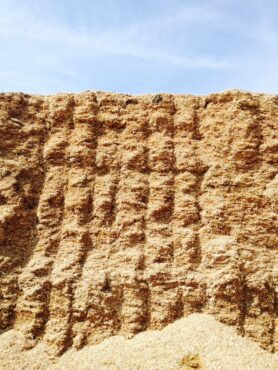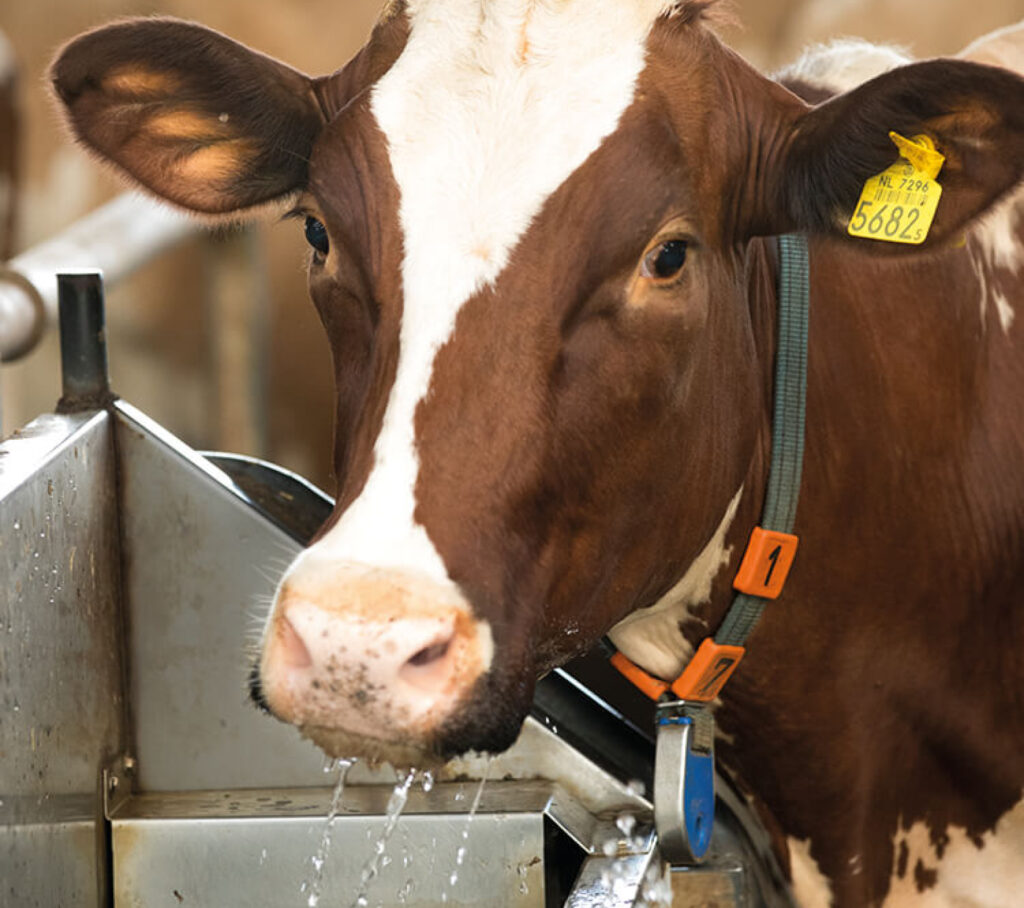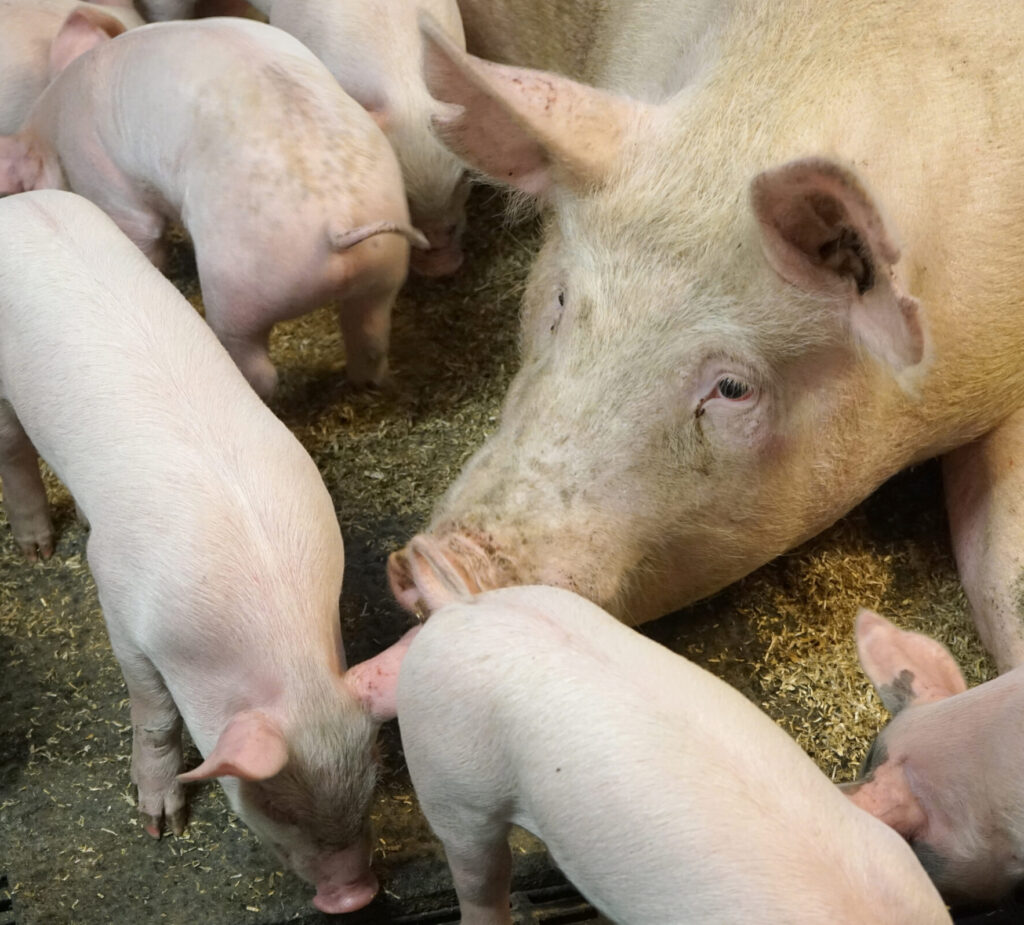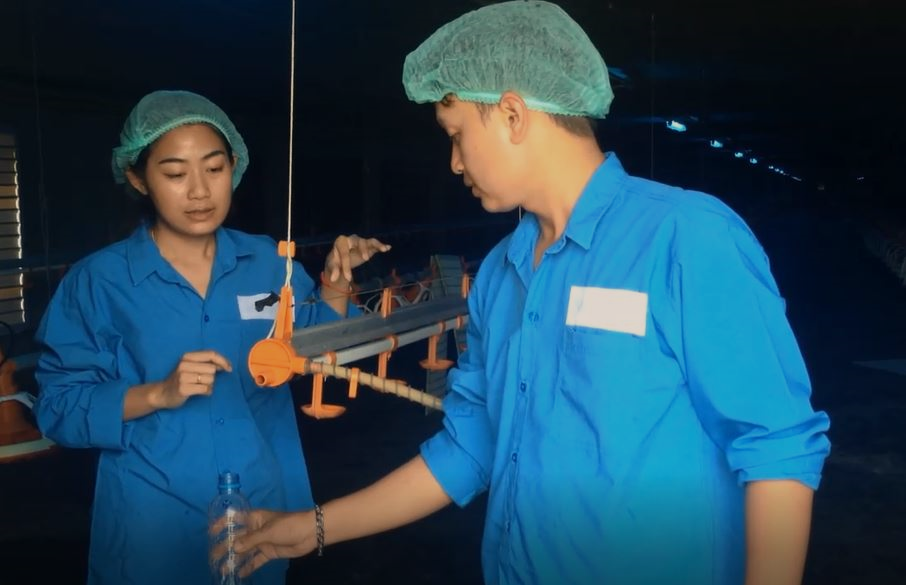On 13 November, the dairy magazine ‘Melkvee’ reported: “High dry matter content in harvested maize in Brabant and Achterhoek”. On average in Brabant 40.3˚C and in the Achterhoek 41˚C. This includes many silages that easily heat up at the cutting point between feedings due to heating.
Research HAS Den Bosch
In 2016 Kanters gained experience with this through a research project in collaboration with HAS Den Bosch. On a farm with 2 milking robots, we were able to compare 2 groups of cows, randomly divided, as even numbers formed one group and odd numbers formed the other group. For the test group 1.5L Nutripreserve Basic, a formic acid based heat retardant was added to the mixer. The control group did not receive any heat retardant in their rations. The trial period ran from October to the turn of the year, 11 weeks. The average ambient temperature was 8˚C. Quite cold and not a temperature at which you would want to eat. Quite cold and not a temperature at which you expect results from a hothouse inhibitor.

Results
During the period, the temperature of the cut surface of the silage was measured weekly at 8 points about 15 cm deep. Both the grass silage harvested in the same year and the maize silage harvested in September of that year remained warm during the whole period. The grass silage averaged 25.4˚C over all points! The maize silage presented a similar picture. Averaging 24˚C over the entire period. Although more decreasing than the grass silage, in the last measuring week still 19.9˚C, at an ambient temperature of 5.4˚C.
Both silages were dry >40% DS. Wetter silage clamps that have come to rest show a temperature of about 13-16˚C.

Weekly measurements
During the trial period, we did not immediately see a result. Of course not, because old-milk cows become dry cows and cows calve, which enter one of the two groups as new-milked cows. Therefore, we only analysed the production data of the cows that were in one of the two groups for the entire trial period.
The result was surprisingly positive. Production decreases with increasing lactation days, but the experimental group, which received Nutripreserve Basic in its ration, decreased on average by 0.9 kg milk per day with improved contents. While the contents decreased slightly in the control group, they increased in the experimental group, resulting in a difference in favour of the experimental group: Protein +0.13% and Fat +0.24%.
Economic results
Extra milk yield per 100 head (at €34 per 100kg) €30.60/day
Nutripreserve Basic costs per 100 head (4000 kg roughage) €10,80/day
Positive balance per 100 head €19,80/day
Because of the dry summer with often dry grass silage and the latest news about dry maize silage, these results may very well also apply to your farm.



